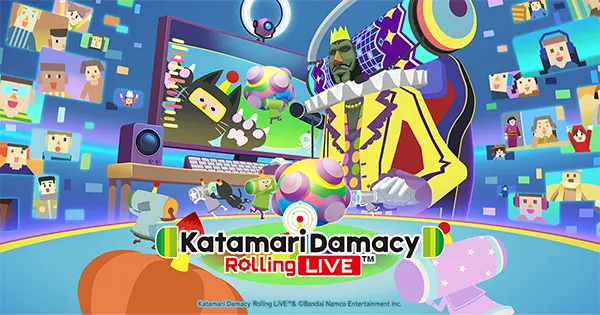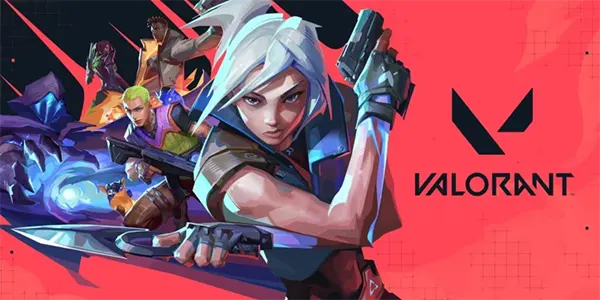Katamari Damacy Rolling Live: Reinventing Interaction Through Streaming

Katamari Damacy has remained an iconic name in Japanese game design for over twenty years. With the arrival of Rolling Live, the game takes a bold leap into the streaming space, reimagining familiar mechanics with real-time audience interaction. Far from a simple remake, Rolling Live is a hybrid experience where gameplay and live broadcasting merge into one dynamic form.
The Format Redefined: What Makes Rolling Live Unique?
Rolling Live isn’t a conventional sequel. Instead, it’s a transformation of the Katamari concept, designed for an environment where audience participation shapes the game. The core premise remains: players control the Prince to roll up objects into an ever-growing Katamari. However, viewers now influence gameplay directly, sending obstacles, bonuses, or altering the pace of progression via streaming integration.
This system is supported by real-time tools embedded in streaming services, primarily Twitch and YouTube Live. The developers focused heavily on latency optimisation, ensuring that audience actions are reflected in-game with minimal delay. The end result is a hybrid format that blurs the lines between playing and spectating.
By embracing interactivity, Rolling Live has quickly gained traction among streamers and viewers alike. It’s not just a game on display — it’s a performance shaped by hundreds, even thousands, of participants acting in real time.
Community-Led Gameplay
At the heart of Rolling Live lies a rich social element. Viewers aren’t passive spectators; they’re active contributors who vote on changes, trigger effects, and provide assistance or hindrance. This creates a unique gameplay arc for every session.
Features such as interactive polls, chat-triggered events, and collective challenges deepen engagement. Community involvement makes the experience unpredictable, rewarding, and inherently replayable. Each stream becomes its own digital event, never to be exactly replicated.
This model also fuels creator-audience relationships. Streamers are encouraged to react and adapt to the community’s decisions in real time, fostering stronger bonds and an immersive experience for all involved.
Gameplay Updates and Visual Enhancements
While preserving its signature surrealism and charm, Rolling Live receives notable graphical updates. The environments are more vibrant, animations more fluid, and lighting more responsive — all tailored to perform well during live broadcasts without sacrificing the quirky aesthetic fans adore.
The game introduces dynamic level design that adapts based on viewer activity. For instance, when audience engagement peaks, the game can switch into “chaos mode,” spawning unexpected items or environmental shifts. This adds layers of challenge and entertainment value for both the player and the audience.
Improved physics play a crucial role. The Katamari reacts more realistically to objects, which is vital when dozens of new elements may appear due to audience interaction. This ensures that gameplay remains fair, functional, and fun under unpredictable conditions.
Customisation and Streamer Tools
Rolling Live includes expanded customisation for avatars, Katamaris, and level themes. These tools cater to content creators who wish to align the visual identity of the game with their personal brand, making every stream distinctive.
Streamer APIs allow integration with Twitch events, enabling on-screen animations, alerts, and even in-game rewards for audience milestones. For creators, this means a more cohesive and professional presentation without third-party plugins.
Moreover, all settings and presets are cloud-synced, allowing streamers to carry their custom setups across devices. These features highlight the developers’ attention to the evolving needs of content creators.

Industry Impact and Future Potential
Katamari Damacy Rolling Live is more than a novelty — it’s a signal of where the gaming industry is heading. By successfully merging gameplay with audience participation, it sets a benchmark for future interactive titles across genres.
At the 2025 Tokyo Game Show, several studios showcased early-stage projects adopting similar live-audience frameworks. Developers are exploring how this kind of interaction can fit within RPGs, strategy games, and even esports simulations.
The real success of Rolling Live lies in its influence: it opens a path for legacy titles to reinvent themselves without abandoning their roots. In doing so, it reshapes not just how we play games, but how we share, witness, and influence them in real time.
Final Reflections
Rolling Live offers a model for evolving gameplay into a shared, performative experience. It’s not just a comeback for Katamari — it’s a step forward in how digital spaces foster play, creativity, and community involvement.
For developers, it demonstrates the commercial and cultural viability of stream-integrated game design. For players and viewers, it brings a new form of entertainment that’s interactive by default.
In 2025, Rolling Live represents a milestone. Not just in Katamari’s legacy, but in gaming’s ongoing transformation into a collaborative, participatory art form.




